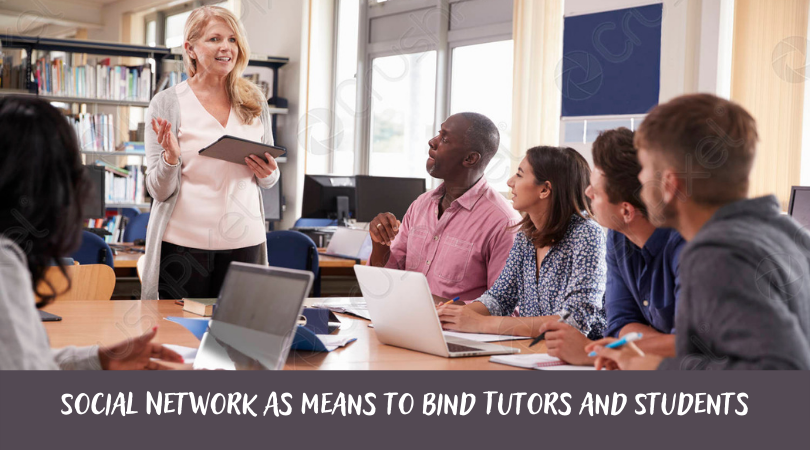Social Network As Means to Bind Tutors and Students

There were conducted a pool giving the answers to some questions like what online platforms and formats tutors offer their students, and what would the students themselves prefer? Some more interesting questions are what social networks are preferably used in the educational “dialogue”, what is the nature of communication between tutor and student online? What are the pros and cons of online learning relationships?
We asked students of 6 universities to answer these questions. This online survey was conducted in order to find out the extent of use, channels, formats, nature and prospects of the development of e-communications of students and tutors in the learning process at the university. 86 students of various specialties took part in this survey.
Channels and formats of communication between students and tutors on the Internet
86% of surveyed students participate in an e-dialogue with tutors.
E-mail is the most common channel of Internet communication between a tutor and a student (52, 3%). In second place (17.4%) communications over the phone, and in third (15.1%) are available social networks (Facebook, Twitter, and etc.).
Most students (60.5%) use e-mail to send prepared tasks to the tutor, but some of the respondents send study tasks via public social networks (17.4%). Intra-university electronic educational platforms serve as a platform for sending assignments for 16, 3% of respondents.
E-communication with the research advisor of the majority of students (60.5%) is conducted via e-mail. But it is a large proportion of those with whom the research advisor communicates through social networks (25.6%).
These data suggest that tutors more often offer such a communication format as personal correspondence for educational purposes (50%) throulfdfsocial networks. Another 25, 6% of respondents indicated the format of the “conversation” as a variant of interaction used by tutors. Many teachers create communities for communication with students for educational purposes (23.3% of respondents answered this way).
64% of the students surveyed consider public social networks (Facebook, Twitter, and etc.) a more convenient channel for e-communication with the tutor. There are a lot of those who prefer email (40.7%). It is convenient for many students to keep in touch with the tutor over the phone (29, 1%).
Students substantiate their preferences for electronic communication channels with tutors with the words: “convenient”, “accessible”, “comfortable”, “fast”, “constantly in touch”.
The students (45.3%) consider intra-university electronic educational platforms to be the most inconvenient platform for e-communication with tutors.
Students explained their inconvenience by not a user-friendly interface, “there is no quick notification”, “I don’t use this site”, etc.
Despite the convenience of communication in the Internet, almost all students (97.7) prefer to arrange a meeting with a tutor in person (“live”, offline).
“High-speed mode” of e-communication
64% of the respondents say that the possibility of interacting with a teacher online saves them time, 24.4% believe that this does not affect the time costs.
Most of the students (66.3%) do not make tutors wait when they see an email from the tutor, they respond immediately as soon as possible.
57% of students believe that the availability of a tutor for business communication with students via the Internet demonstrates his/her readiness to collaborate.
Category: Education
Tags: students, study, tutorial, USA